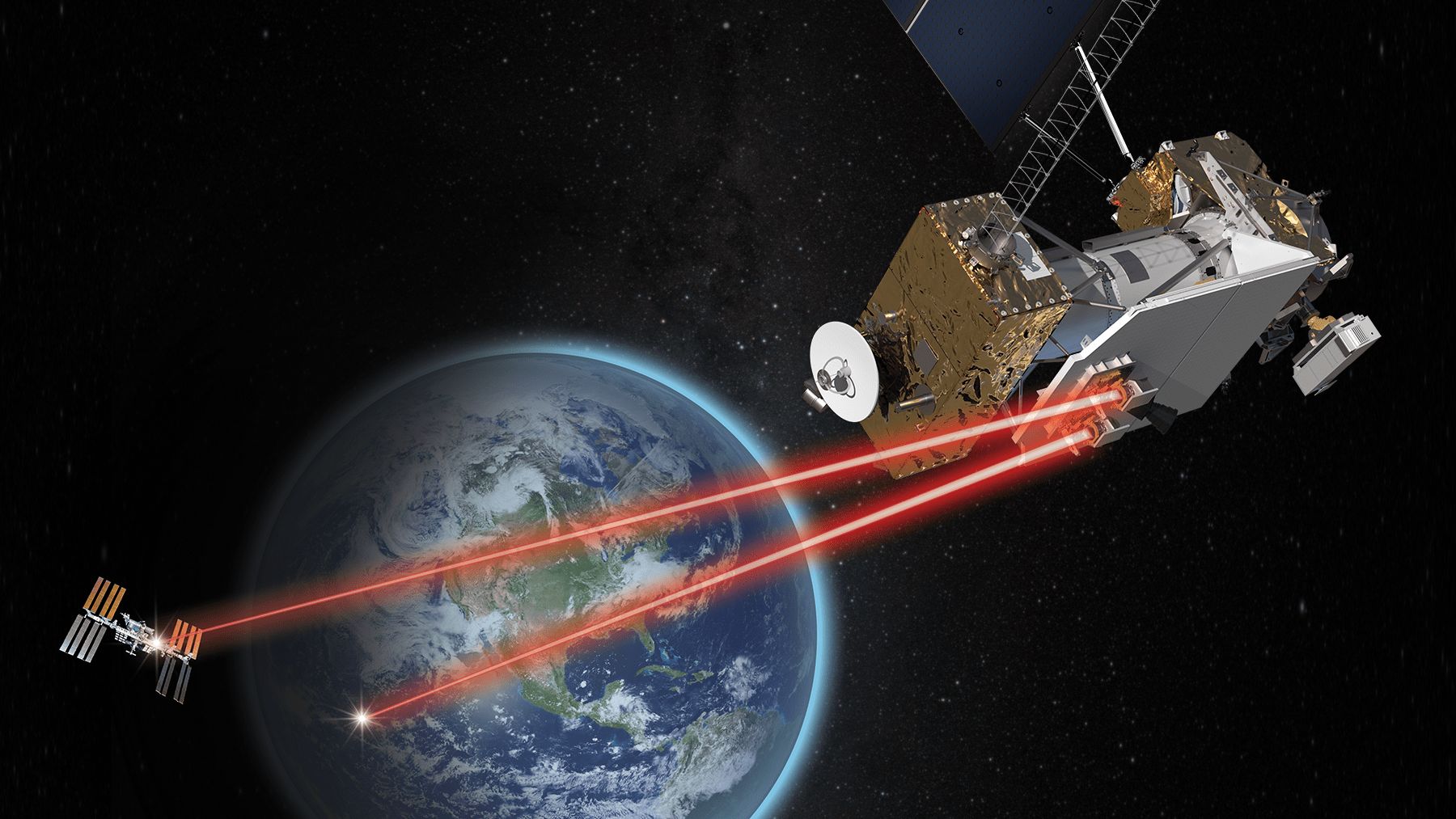NASA’s Jet Propulsion Laboratory (JPL) has opened a new window into the world of deep space optical communications (DSOC). This breakthrough has been made possible by the Psyche space probe, which is currently en route to the asteroid belt to closely analyze asteroid 16 Psyche. This progress enabled laser communication to be carried out at a great distance from Earth, passing over the Deep Space Network. Sean Duffy and Clayton Turner explain that this communication will be key for upcoming missions to Mars. Read on to learn more.
The succesfull spacecraft mision
In December 2024, the spacecraft well beamed an infrared laser message back to Earth from a mind-boggling distance of 494 million kilometers (307 million miles). That’s more than doble the ordinary distance among Earth and Mars and more than 1,285 times the distance to the Moon.
It’s a victory for NASA’s Deep Space Optical Communications (DSOC) technology exam, which has been underway since the asteroid-bound spacecraft initated in 2023. Nowadays, Earth has received Psyche’s 65th and last laser downlink signal from a distance of 350 million kilometers (218 million miles).
At this point, Psyche will be centered on its mission to the asteroid belt, using more standard radio communications to downlink data back to Earth.
“NASA is setting America on the path to Mars, and advancing laser communications technologies brings us one step closer to streaming high-definition video and delivering valuable data from the Martian surface faster than ever before,” says acting NASA Administrator Sean Duffy.
In general, the DSOC has well transferred 13.6 terabytes of information to Earth’s ground terminals, taking into account an ultra-high-definition video trasmitted to Earth at 267 megabits per second from more than 30.5 million kilometers away in a historic first.
Get to know why the final message was from closer to Earth
The origin of why the last message was from closer to Earth is that the Psyche spacecraft is following a solar orbit that occasionally brings it closer to Earth and from time to time farther, depending on the alignment, as it heads for a 2029 rendezvous with its namesake asteroid.
If we humans are going to maintain our activities in space, we’ll require to migliorate our technology. Radio communications are trusting but relatively slow. More over, the Deep Space Network of radio antennas that NASA uses to receive spacecraft information has already demonstrated capacity limitations that collides the agency’s ability to get to the mission objectives.
However, transmitting laser signals is a little bit more trickier than generating radio transmissions. With radio communication, the signal is almosy broad, so it doesn’t require to be aimed with razor precision. Lasers are tightly concentrated on beams that require to be aligned with no problem for the signal to reach the target receiver.
More over, all light diffusing through space attenuates and degrades, so the farther the distance to the target, the less data can be get back. By the time Psyche was 225 million kilometers from Earth in April 2024, its downlink rate had dropped to 25 megabits per second. This implies that receivers have to be sensitive enough to detect the trickle of photons that manage to get them.
“Earth’s atmosphere and weather can also interfere”
Earth’s atmosphere and weather can, in addition, get involved with signals reaching the ground; at some point, space relays may be required to aid receive and store data. For tis momento, nevertheless, the demonstration proves that DSOC technology is efficient, and is robust enough to send large quantity of data across the gulf of deep space.
“NASA Technology tests hardware in the harsh environment of space to understand its limits and prove its capabilities,” says Clayton Turner, associate administrator of NASA’s Space Technology Mission Directorate.

